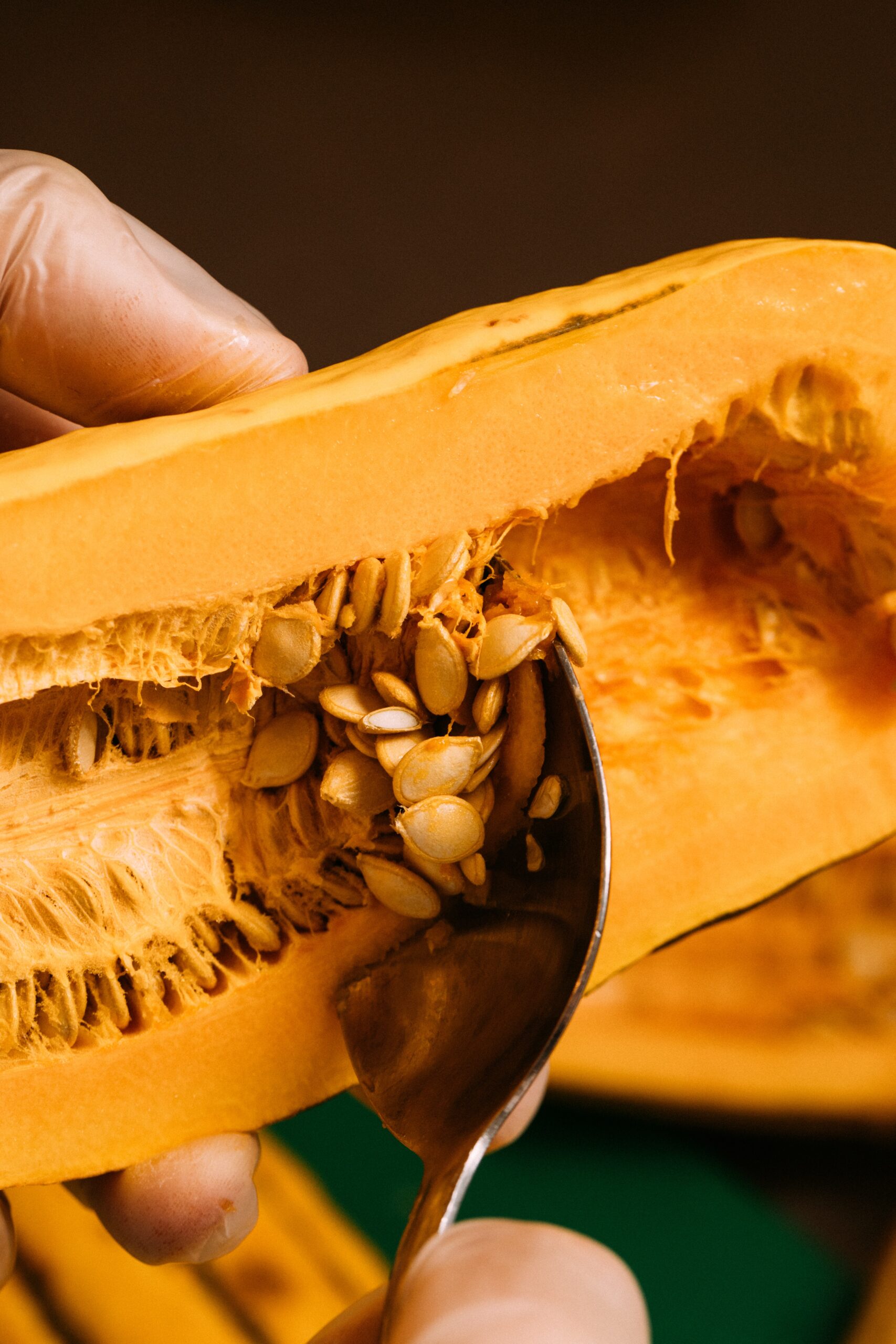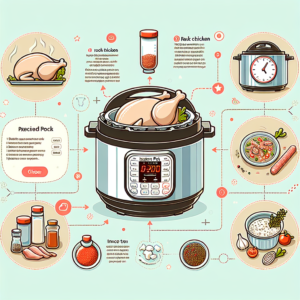Hey folks, ever found yourself staring at your Instant Pot wondering how long to cook your favorite dishes? Well, look no further! In this article, we’ve got your back with a handy guide to Instant Pot cooking times. Whether you’re craving a tender beef roast or a fluffy batch of rice, we’ve rounded up the perfect cooking times for all your favorite ingredients. Say goodbye to the guesswork and hello to perfectly cooked meals every time with your trusty Instant Pot. So, let’s get cooking!
Pressure Cooking Times
Meat and Poultry Cooking Times
When it comes to cooking meat and poultry in the Instant Pot, the pressure cooking function can work wonders. It helps to lock in the flavors and moisture, resulting in tender and juicy dishes. The cooking times will vary depending on the type and cut of meat or poultry you are cooking. As a general guideline, boneless chicken breasts usually take about 8-10 minutes, while bone-in chicken thighs or drumsticks may require 10-12 minutes. Beef cuts such as pot roast or stew meat can take approximately 20-25 minutes, while pork tenderloin or pork chops may need around 8-12 minutes. It’s always essential to check the internal temperature using a meat thermometer to ensure they are cooked to the appropriate level.
Fish and Seafood Cooking Times
Cooking fish and seafood in the Instant Pot is a breeze with the pressure cooking function. It helps to retain the delicate texture and flavors of these protein-rich foods. The cooking times will depend on the thickness of the fish or seafood you are using. For example, salmon fillets or cod fillets that are about 1-inch thick can be cooked in as little as 3-4 minutes. Shrimp usually takes around 2-3 minutes, and mussels or clams may require 4-5 minutes. It’s crucial to release the pressure quickly after cooking seafood to prevent them from overcooking and becoming rubbery.
Bean and Legume Cooking Times
Cooking beans and legumes from scratch has never been easier with the Instant Pot. It significantly reduces the cooking time compared to traditional stovetop methods. The cooking times will vary depending on the type of beans or legumes you are using. For example, black beans or kidney beans usually take around 25-30 minutes, while chickpeas or lentils might need 12-15 minutes. It’s essential to soak dried beans overnight before cooking them in the Instant Pot to achieve the best results. This helps to reduce the cooking time and ensure even cooking.
Rice and Grain Cooking Times
The Instant Pot is a game-changer when it comes to cooking perfect rice and grains. Whether you’re making fluffy white rice, brown rice, quinoa, or couscous, the pressure cooking function allows for foolproof results. The cooking times will vary depending on the type of rice or grain you are using. As a general rule, white rice usually takes around 3-4 minutes, while brown rice may need 20-25 minutes. Quinoa typically cooks in about 1 minute, and couscous can be done in 5 minutes. Always remember to use the appropriate liquid-to-rice or grain ratio as mentioned in the recipe for the best results.
Vegetable Cooking Times
Cooking vegetables in the Instant Pot not only saves time but also helps to retain their nutrients and natural flavors. The pressure cooking function quickly steams the vegetables to perfection. The cooking times will depend on the type and size of the vegetables you are using. For example, small potatoes or carrots that are cut into quarters usually take around 3-4 minutes. Broccoli florets may require 1-2 minutes, while green beans can be cooked in 3-4 minutes. It’s essential to use the appropriate amount of liquid and avoid overcooking the vegetables to maintain their texture and vibrant colors.
Slow Cooking Times
Meat and Poultry Cooking Times
The slow cooking function of the Instant Pot is perfect for cooking meat and poultry low and slow. It allows the flavors to develop and results in tender and succulent dishes. The cooking times will vary depending on the type of meat or poultry you are using. As a general guideline, boneless chicken breasts usually take about 4-6 hours on low heat, while bone-in chicken thighs or drumsticks may require 5-7 hours. Beef cuts such as chuck roast or brisket can take approximately 8-10 hours, while pork shoulder or ribs may need 6-8 hours. Slow cooking is all about patience, but the result is definitely worth the wait.
Fish and Seafood Cooking Times
While slow cooking is not commonly used for fish and seafood, there are some dishes that can benefit from this method. For example, fish chowders or stews can be cooked on low heat for 2-3 hours to allow the flavors to meld together. Seafood gumbo or Cioppino can also be slow-cooked for several hours to enhance the taste. However, it’s essential to be cautious with delicate fish fillets, as they can easily become overcooked and lose their delicate texture. It’s recommended to add fish or seafood toward the end of the slow cooking process to prevent them from becoming mushy or rubbery.
Bean and Legume Cooking Times
Slow cooking beans and legumes in the Instant Pot is a fantastic way to infuse them with flavors and create hearty dishes. The cooking times will depend on the type of beans or legumes you are using. As a general guideline, black beans or kidney beans usually require 6-8 hours on low heat, while chickpeas or lentils may need 4-6 hours. It’s important to soak dried beans overnight before slow cooking them to ensure even cooking and reduce the chances of any digestive discomfort. Slow cooking allows the beans to absorb the seasonings and become tender and flavorful.
Rice and Grain Cooking Times
While the Instant Pot is widely known for its quick and efficient pressure cooking function for rice and grains, slow cooking can also work wonders. Slow-cooked rice and grains often have a creamy and comforting texture. The cooking times will vary depending on the type of rice or grain you are using. For example, white rice typically requires 2-3 hours on low heat, while brown rice may need 4-6 hours. Steel-cut oats can be slow-cooked for 6-8 hours to achieve a creamy consistency. Slow cooking grains can be a great option when you have some extra time and want a comforting meal.
Vegetable Cooking Times
Slow cooking vegetables in the Instant Pot can help to infuse them with flavors and create tender and delicious side dishes. The cooking times will depend on the type and size of the vegetables you are using. For example, root vegetables such as potatoes, carrots, or beets usually require 4-6 hours on low heat to become fork-tender. Winter squash or sweet potatoes may need 3-4 hours. It’s important to cut the vegetables into uniform pieces to ensure even cooking. Slow cooking vegetables allows them to absorb the seasonings and become rich and flavorful.
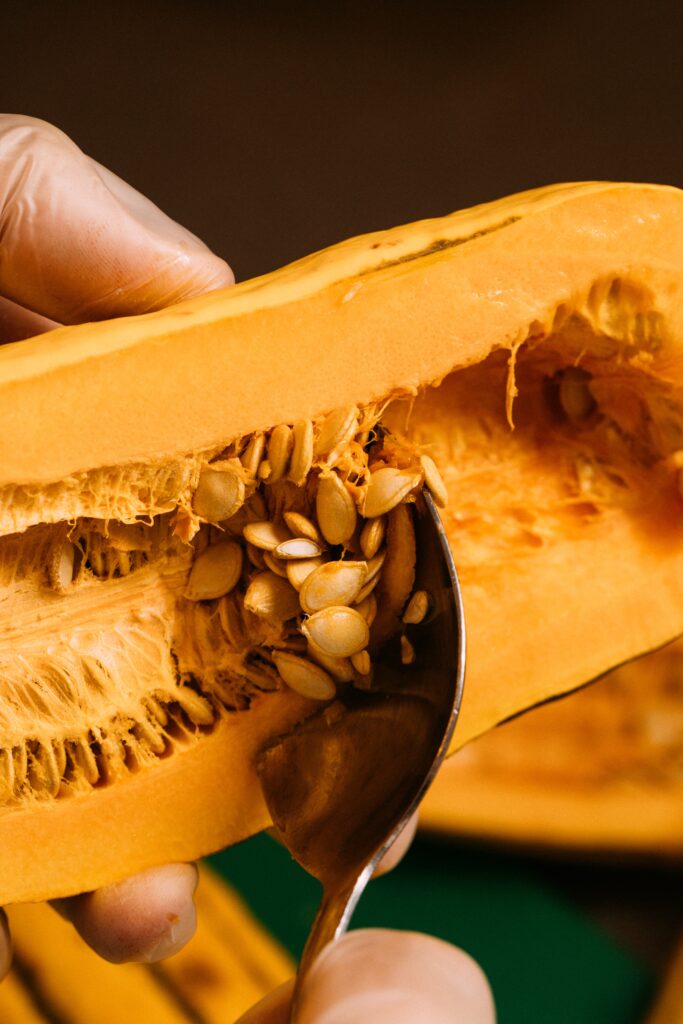
Steam Cooking Times
Meat and Poultry Cooking Times
Using the steam function of the Instant Pot is a great way to cook meat and poultry without any added fats or oils. The steam helps to lock in the moisture and flavors, resulting in healthy and delicious dishes. The cooking times will vary depending on the type and thickness of the meat or poultry you are using. As a general guideline, boneless chicken breasts usually take about 6-8 minutes, while bone-in chicken thighs or drumsticks may require 8-10 minutes. Beef cuts such as flank steak or sirloin can take approximately 10-12 minutes, while pork loin or tenderloin may need 8-10 minutes. It’s important to check the internal temperature with a meat thermometer to ensure they are cooked to the desired level.
Fish and Seafood Cooking Times
Steaming fish and seafood in the Instant Pot is a gentle and healthy cooking method that preserves their delicate flavors and textures. The cooking times will depend on the thickness of the fish or seafood you are using. For example, salmon fillets or halibut fillets that are about 1-inch thick can be steamed in as little as 4-6 minutes. Shrimp usually takes around 3-4 minutes, and scallops may require 5-6 minutes. Steaming is an excellent option for delicate fish and seafood that can easily become overcooked. It ensures they remain moist and tender while enhancing their natural flavors.
Bean and Legume Cooking Times
Steaming beans and legumes in the Instant Pot is a quick and efficient way to cook them without the need for soaking. The cooking times will vary depending on the type of beans or legumes you are using. As a general guideline, black beans or kidney beans usually require 12-15 minutes, while chickpeas or lentils may need 8-10 minutes. Steaming helps to soften the beans and legumes while retaining their shape, making them perfect for salads, soups, or side dishes. It’s important to rinse them thoroughly and remove any debris before steaming.
Rice and Grain Cooking Times
Steaming rice and grains in the Instant Pot is a foolproof way to achieve perfectly cooked and fluffy results. The cooking times will vary depending on the type of rice or grain you are using. As a general rule, white rice usually takes around 8-10 minutes, while brown rice may need 15-18 minutes. Quinoa typically steams in about 5 minutes, and couscous can be done in 7-8 minutes. Steaming ensures even cooking and prevents the rice or grains from becoming soggy or clumpy. It’s essential to use the correct liquid-to-rice ratio and avoid lifting the lid during the steaming process.
Vegetable Cooking Times
Steaming vegetables in the Instant Pot is a fantastic way to retain their vibrant colors, nutrients, and flavors. It allows them to cook quickly while maintaining their crispness and texture. The cooking times will depend on the type and size of the vegetables you are using. For example, broccoli florets or cauliflower florets usually require 2-3 minutes. Carrots that are cut into small rounds may need 3-4 minutes, and asparagus can be steamed in 2-3 minutes. Steaming vegetables briefly helps to preserve their vitamins and minerals, making them a healthy and delicious addition to any meal.
Sauté Cooking Times
Meat and Poultry Cooking Times
The sauté function of the Instant Pot is perfect for browning or searing meat and poultry before pressure cooking or slow cooking them. While the sauté function does not technically cook the meat or poultry, it helps to add depth of flavor and enhance their overall taste. The cooking times for sautéing meat and poultry will depend on the thickness and desired level of browning. As a general guideline, boneless chicken breasts usually take about 2-3 minutes per side, while bone-in chicken thighs or drumsticks may require 4-5 minutes per side. Beef cuts such as steaks or roasts can be sautéed for 3-4 minutes per side, while pork chops or tenderloin may need 2-3 minutes per side.
Fish and Seafood Cooking Times
While sautéing is not commonly used for fish and seafood in the Instant Pot, it can be done for certain recipes that call for a crispy or golden exterior. It’s important to be cautious while sautéing delicate fish fillets, as they can easily overcook and become dry. The cooking times will depend on the thickness and type of fish or seafood you are using. As a general guideline, fish fillets usually take about 2-3 minutes per side for a light sear. Shrimp or scallops can be sautéed for 1-2 minutes per side to develop a slight crust. It’s recommended to monitor the cooking process closely and adjust the time accordingly to avoid overcooking.
Bean and Legume Cooking Times
Sautéing beans and legumes in the Instant Pot is not a common cooking method, as they are typically boiled or pressure cooked. However, certain recipes may call for sautéing them along with other ingredients to develop flavors and create a rich base. Sautéing beans and legumes in oil or butter for a few minutes can help to enhance their taste and add complexity to the dish. It’s important to note that sautéing beans and legumes alone will not fully cook them, so they will still require further cooking using other methods such as pressure cooking or boiling.
Rice and Grain Cooking Times
Sautéing rice and grains in the Instant Pot before cooking is a popular method to enhance their nutty flavors and create a flavorful base for various dishes. The cooking times will vary depending on the type of rice or grain you are using. As a general rule, rice and grains usually require about 2-3 minutes of sautéing in oil or butter. This helps to toast them slightly and bring out their natural aromas. Sautéing rice and grains before cooking can add a depth of flavor and create a more complex and delicious final dish.
Vegetable Cooking Times
Sautéing vegetables in the Instant Pot is a quick and efficient way to bring out their natural flavors and create tasty side dishes or meal components. The cooking times will depend on the type and size of the vegetables you are using. For example, diced onions usually require 2-3 minutes of sautéing, while sliced bell peppers may need 3-4 minutes. Mushrooms can be sautéed for 4-5 minutes to develop a rich and savory taste. Sautéing vegetables gives them a slightly caramelized exterior and a soft, yet still slightly crunchy texture, making them a delicious addition to a variety of dishes.

Yogurt Cooking Times
Whole Milk Yogurt Cooking Times
Making yogurt in the Instant Pot is a popular and easy way to enjoy homemade yogurt. The cooking time for whole milk yogurt can vary depending on the desired thickness and tanginess. As a general guideline, heating the milk to 180°F (82°C) using the yogurt function usually takes around 40-45 minutes. Once the milk has reached this temperature, it needs to cool down to 110°F (43°C) before adding the yogurt culture. This cooling process usually takes about 30 minutes. Once the culture is added, the yogurt needs to incubate for about 8-10 hours to achieve the desired consistency and taste.
Low-Fat Yogurt Cooking Times
Making low-fat yogurt in the Instant Pot follows a similar process to whole milk yogurt. However, the cooking time and temperature can vary slightly. Heating the low-fat milk to 180°F (82°C) usually takes around 30-35 minutes using the yogurt function. Once the milk has reached this temperature, it needs to cool down to 110°F (43°C) before adding the yogurt culture. This cooling process typically takes about 20-30 minutes. After adding the culture, the yogurt needs to incubate for approximately 6-8 hours to achieve the desired thickness and tanginess.
Plant-Based Yogurt Cooking Times
Making plant-based yogurt in the Instant Pot requires a different approach compared to dairy-based yogurt. The cooking times and temperatures may vary depending on the type of plant-based milk being used. As a general guideline, heating the plant-based milk to 110°F (43°C) using the yogurt function usually takes around 20-25 minutes. Once the milk has reached this temperature, the yogurt culture can be added. The plant-based yogurt needs to incubate for approximately 8-10 hours at the same temperature to achieve the desired consistency and taste. It’s important to note that the results may vary depending on the brand and quality of the plant-based milk.
Keep Warm Function
The Keep Warm function of the Instant Pot is a convenient feature that helps to maintain the temperature of cooked food without overcooking or drying it out. Once the cooking time is complete, the Instant Pot automatically switches to the Keep Warm mode. The default temperature for this function is approximately 145-165°F (63-74°C). This temperature helps to keep the food warm and safe to eat for a certain period, usually up to 10 hours. However, it’s important to note that some foods, such as dairy-based dishes or seafood, may not be suitable for extended periods of warming and should be consumed within a shorter timeframe. The Keep Warm function is a useful feature when you need to keep your meal ready and warm until serving.
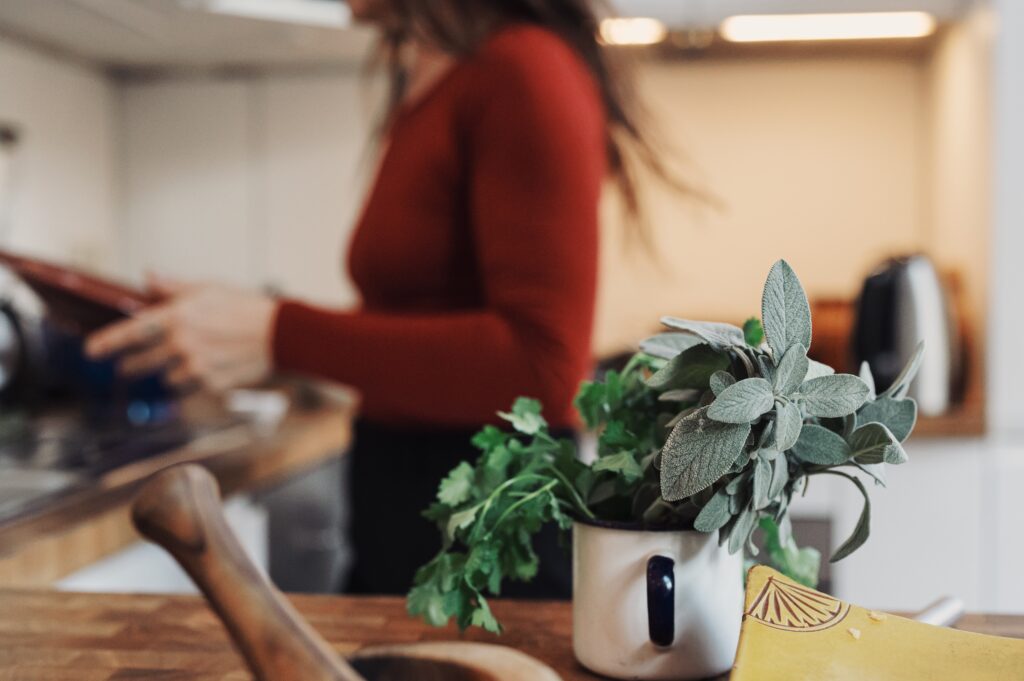
Natural Release vs. Quick Release
Releasing the pressure in the Instant Pot can be done in two main ways: natural release (NR) and quick release (QR). Both methods have their benefits and are suitable for different recipes and cooking needs.
Natural Release (NR)
Natural release refers to allowing the pressure in the Instant Pot to naturally dissipate over a period of time without actively releasing it. This method is achieved by turning off the Instant Pot and letting the pressure release naturally. The time it takes for the pressure to go down can vary depending on the amount of food and liquid in the pot, typically ranging from 10 to 30 minutes.
Natural release is often recommended for recipes that contain a significant amount of liquid, soups, or large cuts of meat. It allows the food to continue cooking gently as the pressure decreases, resulting in a more tender and flavorful outcome. Natural release is also beneficial when cooking foods that are prone to splattering, such as rice or starchy mixtures, as it gives them time to settle and prevent any potential mess.
Quick Release (QR)
Quick release refers to manually releasing the pressure in the Instant Pot by turning the pressure release valve to the “Venting” position. This method allows the pressure to escape rapidly, typically within a minute. It’s important to exercise caution when performing a quick release, as the steam can be hot and may cause burns if not handled carefully. It’s recommended to use a long-handled utensil or oven mitt to avoid direct contact with the steam.
Quick release is ideal for recipes that require precise cooking times or for when you need to stop the cooking process immediately. It’s particularly useful for delicate foods like seafood or vegetables, as it helps to prevent overcooking and preserves their texture. Quick release is also beneficial when you’re short on time and need to speed up the cooking process.
When deciding between natural release and quick release, it’s essential to consider the recipe’s specific instructions and the desired outcome. Some recipes may specify the preferred method, while others may allow for flexibility. Understanding the differences between natural release and quick release empowers you to make an informed decision based on the recipe and your individual cooking preferences.
Factors That Affect Cooking Times
Several factors can influence the cooking times when using the Instant Pot. Being aware of these factors allows you to adjust your cooking techniques and ensure the best results.
Ingredient Size and Type
The size and type of ingredients being cooked in the Instant Pot can significantly impact the cooking times. Smaller or finely chopped ingredients, such as diced onions or sliced carrots, will generally cook faster than larger or whole ingredients. For example, small potatoes will cook quicker than whole potatoes.
Additionally, different types of ingredients have varying cooking times. Meats with higher fat content, such as pork shoulder, may take longer to cook compared to lean cuts like chicken breasts. Dense vegetables like root vegetables will require more time than tender greens or mushrooms.
Considering the size and type of ingredients in your recipe will help you determine the appropriate cooking time and ensure that everything is cooked through and flavorful.
Altitude
Altitude is another factor that can affect cooking times in the Instant Pot. The higher the altitude, the lower the atmospheric pressure. As a result, water boils at a lower temperature, which can influence cooking times.
At higher altitudes, it may take longer for the Instant Pot to reach and maintain the desired pressure, as well as the necessary temperature to cook the food properly. It’s recommended to increase the cooking time by approximately 5% for every 1,000 feet (305 meters) above 2,000 feet (610 meters) in altitude.
While altitude adjustments may be necessary, it’s always essential to follow specific recipe instructions or consult altitude cooking charts to ensure your food is cooked safely and to the desired doneness.
Initial Temperature
The initial temperature of the ingredients in the Instant Pot can impact the overall cooking time. Starting with ingredients that are already at room temperature will allow the Instant Pot to reach the desired pressure and temperature more quickly.
For example, when cooking meat or poultry, it’s beneficial to allow them to come to room temperature before placing them in the Instant Pot. This will help ensure even cooking throughout and prevent the meat from being overcooked on the outside while still undercooked in the center.
Allowing ingredients to come to room temperature, when appropriate, ensures that the Instant Pot operates efficiently and achieves the desired cooking results.
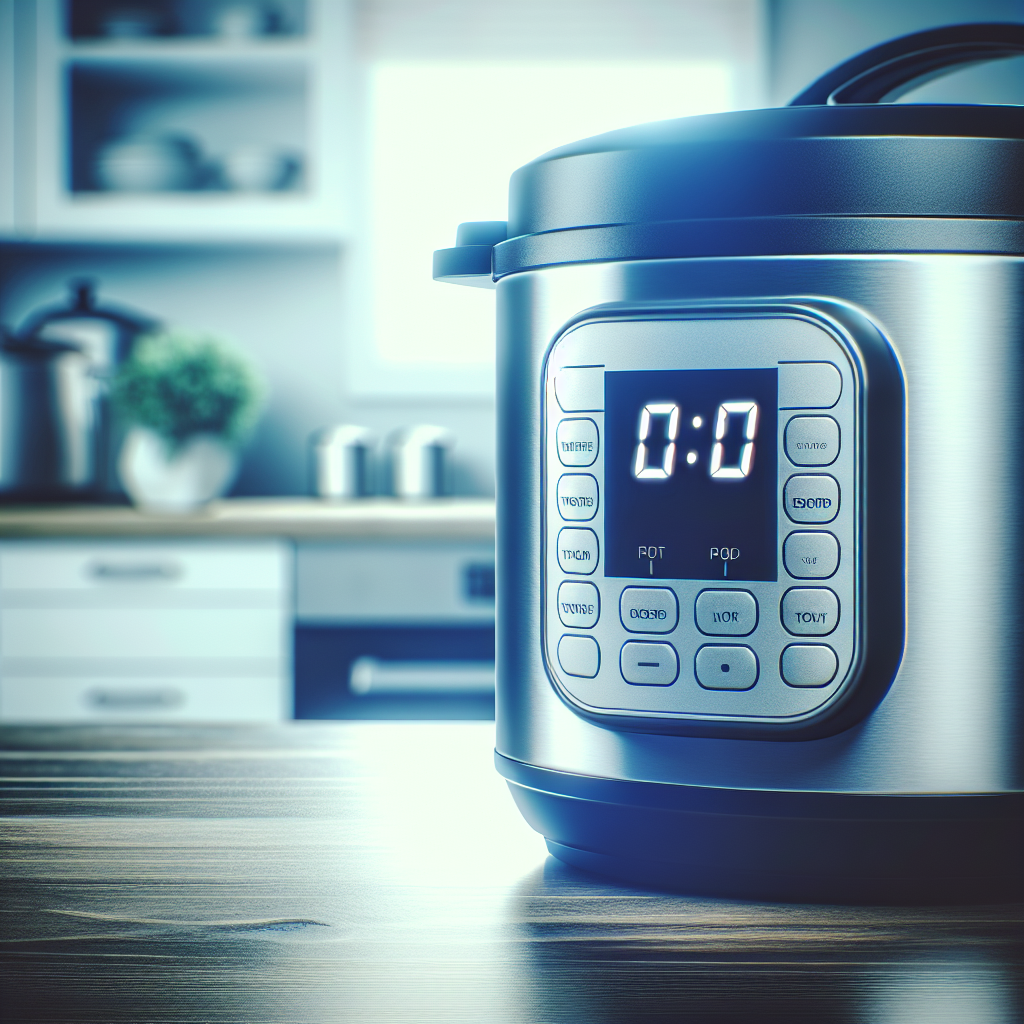
Converting Recipes for the Instant Pot
Converting your favorite recipes for use in the Instant Pot can open up a world of possibilities and convenience. It’s important to consider a few key factors to ensure successful adaptations.
Adjusting Cooking Times
When converting recipes to the Instant Pot, it’s essential to adjust the cooking times accordingly. As a general rule, you can reduce the cooking time by about 25-30% compared to traditional stovetop or oven methods. The Instant Pot’s pressure cooking function allows for faster and more efficient cooking, thanks to the sealed environment and increased pressure.
However, it’s important to note that this adjustment is not universal for all recipes. Factors such as the density of the ingredients and the desired doneness can require additional adjustments. It’s always recommended to consult similar Instant Pot recipes or reliable sources for guidance on specific recipe conversions.
Liquid Requirements
The Instant Pot requires a specific amount of liquid to build and maintain the necessary pressure for cooking. It’s important to ensure that your converted recipe includes enough liquid to achieve the desired results.
Most recipes will require a minimum of 1 cup of liquid, which can come from sources such as broth, water, or sauces. It’s always best to follow the guidelines provided in the specific Instant Pot recipe or adjust as needed based on the original recipe’s liquid requirements.
Sealing and Venting
When adapting recipes for the Instant Pot, it’s crucial to understand how to properly seal and vent the Instant Pot to ensure a successful cooking process.
During the pressure cooking function, it’s essential to ensure that the Instant Pot’s sealing ring is properly seated and the pressure release valve is in the sealing position. This ensures that the pressure builds and remains inside the Instant Pot, allowing for effective cooking.
Once the cooking time is complete and you’re ready to release the pressure, you can choose between natural release and quick release methods, as discussed earlier. Select the appropriate method based on the recipe’s instructions to achieve the desired outcome.
By adjusting cooking times, considering liquid requirements, and understanding how to properly seal and vent the Instant Pot, you can confidently convert your favorite recipes and enjoy the convenience and speed of this versatile appliance.
Tips for Successful Cooking
Mastering the art of cooking with the Instant Pot involves understanding and implementing a few key tips to ensure consistently successful results.
Ensure Proper Sealing
Properly sealing the Instant Pot is crucial for maintaining the necessary pressure and ensuring efficient and effective cooking. Always check that the sealing ring is properly seated before starting the cooking process. Additionally, ensure that the pressure release valve is set to the sealing position.
Use Sufficient Liquid
The Instant Pot requires a minimum amount of liquid to create the necessary steam and pressure for cooking. Always ensure that your recipe includes enough liquid to meet the requirements. Insufficient liquid can result in food burning or the Instant Pot not reaching the desired pressure.
Avoid Overfilling
When using the Instant Pot, it’s crucial to avoid overfilling the pot. Overfilling can lead to food splattering, insufficient cooking, or prevent the Instant Pot from reaching and maintaining proper pressure. As a general guideline, aim to fill the pot no more than two-thirds full when pressure cooking.
Prevent Food from Sticking
To prevent food from sticking to the bottom of the Instant Pot, it’s essential to adequately coat the bottom with cooking oil or use a non-stick cooking spray before adding the ingredients. This will help ensure that food releases easily and prevents burnt remnants from affecting the flavor of the dish.
Consider Different Methods
The Instant Pot offers various cooking methods, including pressure cooking, slow cooking, sautéing, and steaming. Certain dishes may benefit from a combination of these methods. Consider how each method can enhance the flavors and textures of your desired dish and experiment with different combinations to achieve the best results.
By following these tips, you can harness the full potential of the Instant Pot and create delicious and satisfying meals with ease.
In conclusion, the Instant Pot is a versatile and efficient kitchen appliance that can revolutionize your cooking. Understanding the cooking times and techniques for different ingredients and dishes allows you to make the most of this incredible tool. Whether you’re pressure cooking meat, steaming vegetables, or making homemade yogurt, the Instant Pot’s various functions and settings can help you achieve perfectly cooked and flavorful results every time. So, embrace the convenience and enjoy exploring the world of Instant Pot cooking!

